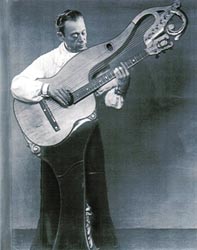
Many of us consider the music of Pasquale Taraffo (1887-1937) the pinnacle of harp guitar playing of the 20th – or any other – century. He even earned a legendary nickname – “U Roa,” (“The Wheel”) – for his inimitable right hand/arm motion. Of course, choosing to commission (from local luthier, Settimio Gazzo) one of the most elaborate harp guitars ever designed, then setting it on a stand to present a bold, theatrical performance, certainly added to his success and worldwide fame.
Perhaps the most spectacular aspect of Taraffo’s prodigious technique (self-taught?…I tend to think so) was his inexplicable “machine-gun-like” tremolo, the subject of much conjecture and debate among Taraffo-philes. On his preserved recordings, it sounds like he is playing two or three parts at once – and it’s not an “illusion,” because, when slowed down, one can hear that the tremolo is mostly continuous. In other words, it is obviously not the common classical tremolo where each a-m-i single note melody figure is interrupted by a thumb note on a different string. Beppe Gambetta and I used to think that only a back and forth motion of the 3rd finger (akin to a South American harp technique), whilst simultaneously playing bass and chord with the thumb and remaining fingers, was the only way to explain what we were hearing. There is even a rumor of someone witnessing Taraffo use such a technique. It was this theoretical motion that I described to the audience of our Taraffo/Harp Guitar presentation in Genoa in April 2010.
I later changed my mind after listening closer to half-speed audio of certain recordings and also watching the video at slow speeds. While he doesn’t do tremolo in the video, his unusual melody plucking pattern offers another clue; he never uses a normal (or intuitive) two-finger pattern, but always a-m-i, in a “round” (as they are 16th notes occurring in 4/4).
With this in mind, it then became easier to hear the timbre changes in the slowed-down audio recordings that pointed to this same a-m-i pattern during his tremolo.
Interesting…this seemed to match how Maccaferri described his own “continuous” tremolo in interviews. In point of fact, this was learned from his master, Luigi Mozzani, and I recently learned that this difficult technique is explained in the book: Luigi Mozzani: Esercizi di tecnica superiore. It seems to be a forgotten technique that few, if any, attempt today. The specific pattern: P-A-M-I-A-M-I-A x 4
Many of us – and especially Taraffo archivist Franco Ghisalberti – have long dreamt of finding a modern virtuoso to take on the challenge of re-creating Taraffo’s actual harp guitar arrangements. But there was no one who could do it! There is of course Beppe Gambetta, who with his custom-made Gazzo re-creation, has performed and recorded some of this music. But Beppe’s instrument is steel-strung, and he plays only the simple accompaniment (fully admitting that he is a “flat-picker” only), while partner Carlo Aonzo plays the melody on the mandolin. There is the very fine classical guitarist Fabrizio Giudice, who plays some Taraffo repertoire (and was dedicated enough to produce the first folio of his music), but only on a 6-string; however, he did come up with his own two-finger method (m-i-m-i) to approximate Taraffo’s tremolo. Of course, there may be other guitarists, Italian or otherwise, who are performing the Mozzani tremolo (please let me know, if so). But, meanwhile…
Enter Christian Saggese:

Though it has taken me my usual long-winded introduction to get to the point, Christian is the subject of this article – as so dramatically referenced in my title. But it is no hyperbole. He’s the real deal. And Franco and I are beside ourselves with pride.
I must admit that I had not previously heard of him, other than through Franco, who instigated this groundbreaking project. It turns out that 37-year-old Christian – whose impressive credentials I’ll list at the close – has long been a virtuoso guitarist in a wide variety of styles: classical, flamenco, electric (I love how a bio he sent me mentioned how he “specialized in the guitar parts of King Crimson songs”).
Christian first started playing harp guitar in 2006 – a simple 9-string (3 sub-bass) Mozzani. Once Franco suggested it, Christian tells me “I decided to study Taraffo’s technique and compositions because I’m convinced that he is the best harp guitarist ever; I can learn so many things from his recordings.” Franco supplied him with the required 8-bass harp guitar, having Antonello Saccu retrofit his distinctive Priano with eight nylon basses (a risky maneuver, but it seems to have worked remarkably well).
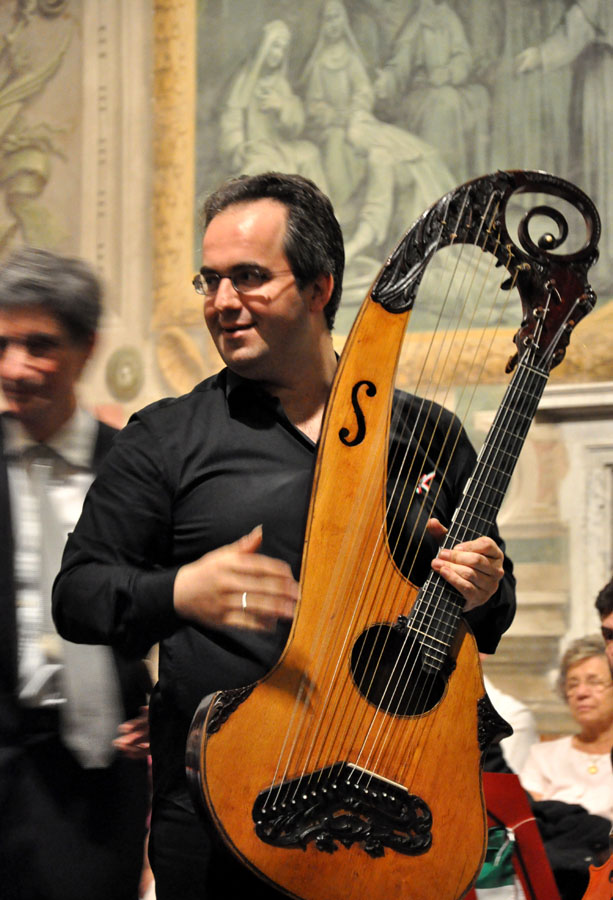
In meticulously transcribing Taraffo’s recordings (some are “adaptations” as Christian revised some parts from the original sources), Christian came to the same conclusion as I about Taraffo’s continuous 3-finger tremolo, which was essentially the old Mozzani “double tremolo (sometimes called tremolo continuato).” Christian continued, “The tremolo he used for Cavalleria Rusticana is bass with thumb plus 7 repeated notes with the three fingers. I learned the tremolo just from Taraffo and good flamenco players (they play a similar tremolo but “just” 5 notes instead of 8).”
Frankly, I am stunned at how quickly Christian managed to learn the technique, apply it, transcribe the Taraffo piece (Cavalleria), and perform it on a 14-string harp guitar at a public concert on June 3, 2011 (these are photos from that concert). Video of that performance will be available soon, presented by Franco and myself. Just recently, over two short weeks at Franco’s home, he finished working on two additional Taraffo pieces, which we are now honored to share with you. These initial recordings were done in Franco’s home, after which I mixed them (no editing – these are single live takes). They hope to produce professional recordings in the future.
I think it’s important to note that these are not slavish “copies” of Tarrafo’s arrangements and performances. As interesting as that might be, such an undertaking would be a bit soulless and pointless. Instead, Christian makes these Taraffo classics his own; indeed, in many ways (dare I say it?!), he may be more musical and more of a virtuoso than even Taraffo.
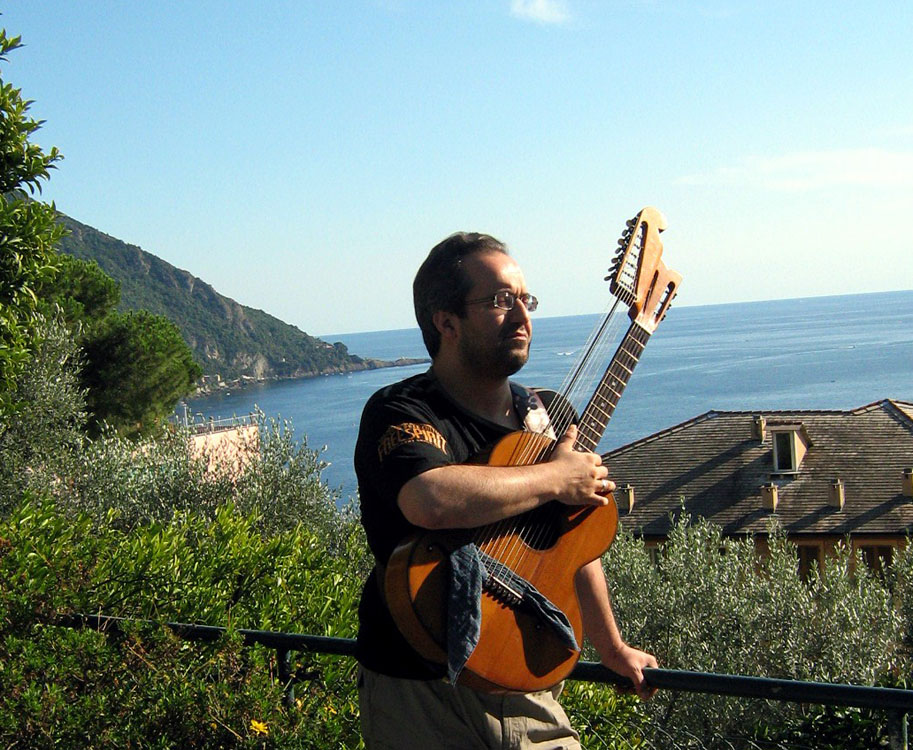
Christian takes a break from work on the recordings at Franco’s home in Camogli last month. This is his backup harp guitar, made by Hinz (Vienna).
In the end (and this is only the beginning), I guess tackling Taraffo wasn’t impossible after all. It simply took a passionate patron of the arts (Franco), an instrument (Franco and Antonello), and a singular virtuoso who decided to take on the first serious examination of this remarkable historical harp guitar music – Christian Saggese.
Please enjoy these generous donations to Harpguitars.net: the world’s first recordings to re-create the full magnificence of Taraffo’s playing.
Track 1: Cavalleria Rusticana (Intermezzo: Pietro Mascagni)
Track 2: Norma (Ouverture, Act 1: Vincenzo Bellini)
Track 3: Stefania (Taraffo)
–
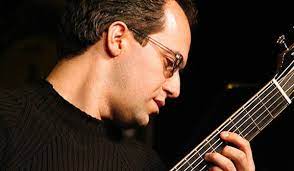
–Christian Saggese Biography:
Born in Asti, Italy in 1974, Christian started playing classical guitar when he was 11.
He attended the Antonio Vivaldi Conservatory in Alessandria, where in 1994 he received a diploma in guitar with the highest mark of 10 out of 10, under his teacher Angelo Gilardino.
He next attended the International Advanced Academy of Music in Biella for three years, where in 1997 he received the “Excellent” diploma.
Subsequently, he won numerous competitions and awards, including:
- (1995) Second prize and special prize at the “FRANCISCO TARREGA” International Guitar Competition in Benicassim (Spain)
- (1999) First prize at the “ANDRES SEGOVIA” International Guitar Competition in Almunecar (Spain)
- (2001) First prize and special prize at the “VINCENZO DE BONIS” International Guitar Competition in Cosenza (Italy)
- (2002) Second prize (1st not awarded) at the “MICHELE PITTALUGA” International Guitar Competition in Alessandria (Italy)
- (2002) First prize at the “EBE CAZZANIGA ANSALONE” National Guitar Competition in Abbiategrasso (Milan), Italy
His career began in 1992 with concerts in Italy, Spain, France, Switzerland and Sweden, both as soloist and in chamber music groups
Other group work has included a duo with American flautist Marlaena Kessick, the Metamorfosi Trio and the Angelo Gilardino Quartet.
He has worked with Mauricio Kagel, Gyorgy Kurtàg, Tony Levin, Adrian Belew, Pat Mastelotto, Marco Minneman, Julie Slick, Michael Bernier, Mick Karn, Janne Schaffer, Jerry Marotta, Ares Tavolazzi, Mike Keneally, Pamelia Kurstin, Tom Griesgraber, and Marlaena Kessick.
He also plays in a duo with Sharon Selman (dramatic coloratura soprano).
He has played several International Guitar Festivals in Italy, UK, Japan, France, Spain, Hawaii and South America.
In May 2001 he was a guest (with Metamorfosi Trio) of the INTERNATIONAL FESTIVALS
In 2003, he recorded an album titled “My Favorite Things: a guitar recital by Christian Saggese”.
Among the musicians who have contributed to his musical training are: Vladimir HOROWITZ, Ida PRESTI, Arturo BENEDETTI MICHELANGELI, Pasquale TARAFFO, Demetrio STRATOS, Jaco PASTORIUS….
His main guitar was built by luthier Mario GARRONE (Acqui Terme, Italy).
He currently plays classical and electric guitar, 14-string harp guitar, mandolin, all in different musical styles.
The Spanish newspaper “EL PAIS” considers him “….among the best European guitarists”.
JANNE SCHAFFER
“Christian is one of the best guitarists I’ve played with. I immediately had the highest musical contact with him when we met in Sweden last year. His quality is top international class”
PAT MASTELOTTO
“a Nostradamus of classical guitar..”
TONY LEVIN
“one of the best classical guitarists in the world”
PAUL RICHARDS (Californian Guitar Trio)
“The most beautiful concert of classical guitar I’ve seen”

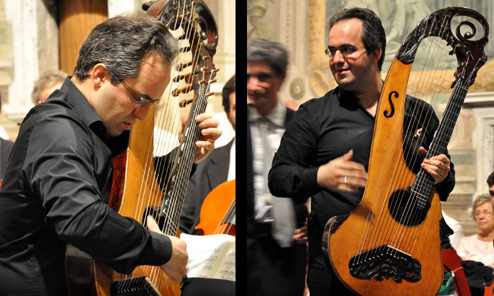
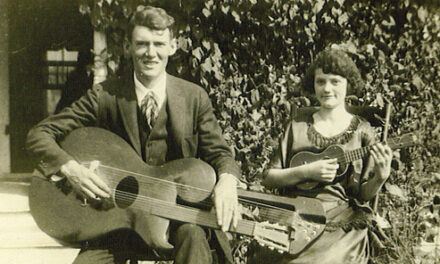
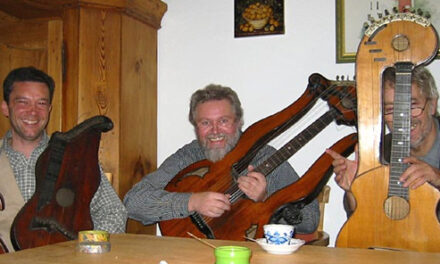
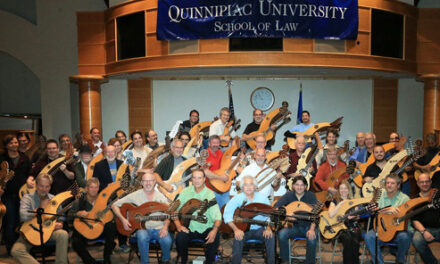
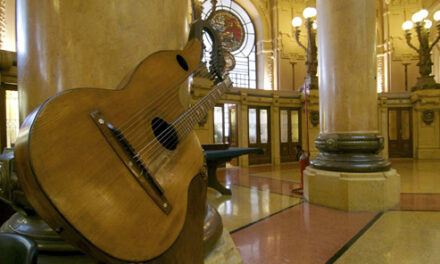
FANTASTIC!!!! Looking forward to hearing L’Onda…..
Hello to all of you, my next recording will be the Taraffo “Sonatina in A major” , I hope you will enjoy my version.
http://www.youtube.com/christiansaggese74
can’t wait to see a video of you playin the harp guitar!
Cheers
Benoit
Hello to all of you, I’m glad you like my recordings.
A big thanks to my friends Gregg Miner and Franco Ghisalberti !!
christian saggese
http://www.youtube.com/christiansaggese74
Thanks for sharing this! I’m a big Taraffo fan—albeit one whose renditions are far from authentic and on only six strings.
Saggese is a masterful player and it’s truly a blast to hear his harp guitar performances of Taraffo’s piece. Thanks for your continuing great work!
And the playing of the guy is quite impressive! Can’t wait to hear all the pieces he recorded
Benoit
What can I say? I have been saying that about Taraffo for ages… I just want to add one point about the instrument:
Even if the finish and craftsmanship is quite poor with Gazzo, the design is one of the most perfect and:
-Centered bridge for optimal efficiency
-15 frets to the body for playability
-35″ longest bass for sound
-Large 17″ body
Best regards
Benoit